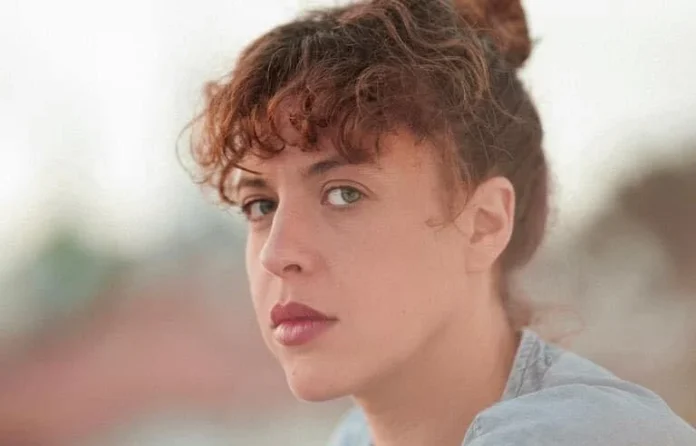Israeli Artist Refuses to Open Exhibit at Venice Biennale Until “Cease-Fire” Agreement Reached
Artist Ruth Patir, along with curators Mira Lapidot and Tamar Margalit, is representing Israel at the 2024 Venice Biennale, one of the most prestigious international art shows. However, Patir has taken a bold stand by refusing to open her exhibit until a cease-fire and hostage release deal is reached between Israel and Hamas.
A Powerful Protest
Patir and the curators have created a video exhibit titled “(M)otherland,” which explores the theme of fertility. This exhibit represents Israel among the 88 countries participating in the Biennale. However, the organizers have made it clear that they will not open the doors to the public until their terms are met.
A sign on the window of the Israel National Pavilion, where “(M)otherland” is housed, states, “The artist and curators of the Israeli pavilion will open the exhibition when a cease-fire and hostage release agreement is reached.” This powerful statement highlights Patir’s commitment to using her platform to advocate for peace and justice.
A Protest Witnessed by Journalists
The protest by Patir, Lapidot, and Margalit was witnessed by journalists during a limited press preview on Tuesday. This demonstration sent a clear message that the artists are willing to put their exhibition on hold until progress is made towards a peaceful resolution.
The Venice Biennale is set to open to the public on Saturday and will run until November 24. Patir’s decision to use this remarkable stage to make a statement reflects her deep conviction that art should have a purpose beyond mere aesthetic enjoyment.
An Artist’s Voice for Change
Patir took to Instagram to explain her decision, stating, “If I am given such a remarkable stage, I want to make it count. I feel that the time for art is lost, and I need to believe it will return.” As an artist and educator, she firmly objects to cultural boycotts but recognizes that in this situation, she can only do what she can with the space she has.
She goes on to say, “I prefer to raise my voice with those I stand with in their scream: cease-fire now, bring the people back from captivity.” Patir’s words demonstrate her commitment to using her art as a form of activism, aligning herself with those who are calling for an end to the violence and the safe return of hostages.
By taking this stand, Patir is showcasing the power of art to transcend mere aesthetics and engage with pressing social and political issues. Her refusal to open her exhibit until a cease-fire agreement is reached serves as a reminder that artists have the ability to use their platforms to advocate for change and raise awareness about injustices happening around the world.

